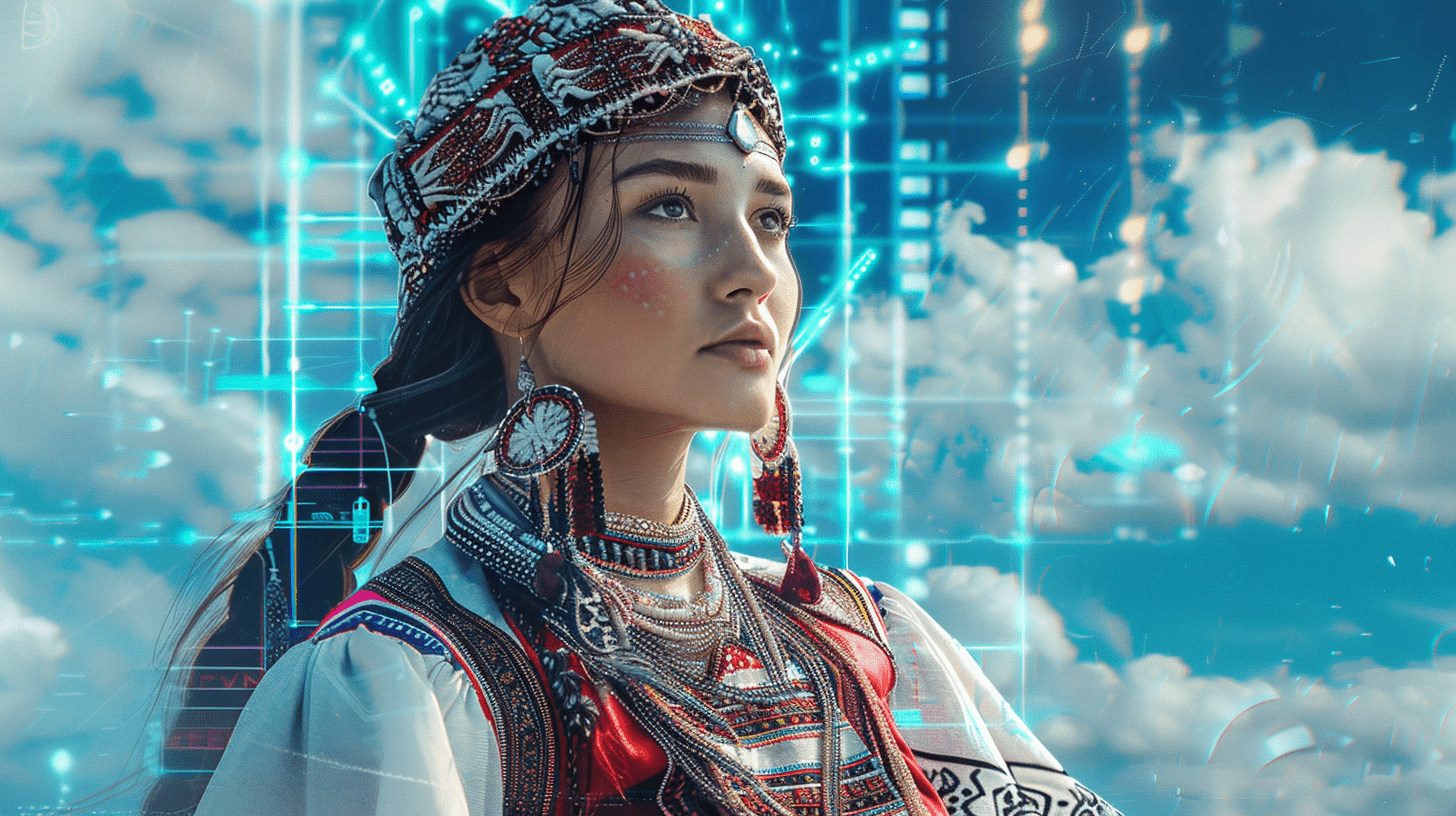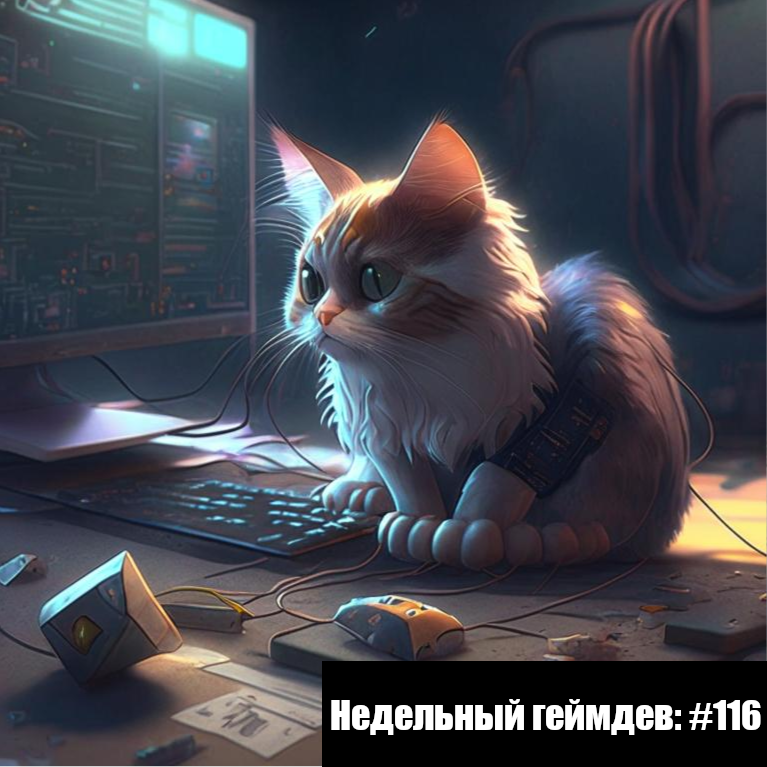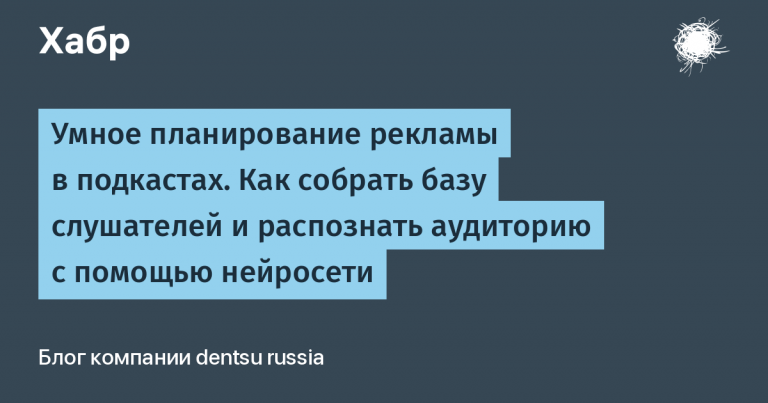Why is digitization of culture necessary and is it possible to digitize echpochmak?
“Digitalization” and “digital transformation” are so firmly on the news agenda that it seems they are about to break the nanotechnology records of the 2010s, when literally everyone was talking about them. But if everything with the nano prefix remained part of the exclusively scientific and technological world and advertising campaigns, then digitalization has not only changed our daily lives, but also influenced how, where and how we consume information.

The sphere of culture, which seems to consist primarily of tangible works, also turned out to be unthinkable without digital transformation. This became especially noticeable in 2020–2022, when the whole world was locked in their own homes due to the COVID-19 pandemic, and after the first Zoom parties and Skype dates, people wanted to go to museums that were still closed. At this moment, digital technologies have become an excellent tool both for promoting cultural values and as a popular leisure activity.
Over the past 10–20 years, the same processes have occurred in culture, which in business are called Uberization. This term, which appeared in 2009 from the name of the company Uber, refers to the replacement of classical intermediaries with digital platforms. All areas of our lives have undergone Uberization: taxis and delivery, ordering food from restaurants and groceries from stores, booking hotels and buying air tickets. During this same time, revolutionary changes have occurred in the forms of access, participation, distribution, creation and production of cultural property in various industries: cinema, libraries, museums, book publishing, music, etc. Many cultural service delivery processes have been adapted or completely reinvented thanks to digital technologies.
How we helped digitize the culture of Tatarstan
At the beginning of 2023, by order of the Center for Digital Transformation of the Republic of Tatarstan, we at Tsifromatika began designing and developing the “Cultural Tatarstan” information system.
This information system will combine different software products aimed at internal and external audiences. The system will be used by employees of cultural institutions, as well as specialists in folk arts and crafts, accredited guides and, of course, the residents of Tatarstan themselves and tourists.
The global goal of the “Cultural Tatarstan” project is to increase attendance at cultural organizations and the level of familiarity of guests and residents of Tatarstan with the culture and folk crafts of the republic.
There has been a lot of research and analysis going into 2023. We conducted 35 in-depth interviews and spoke with 100+ representatives from 10 different types of cultural institutions. As a result, key priorities for the pilot part of the system were identified:
personalized cultural itinerary;
cultural portrait of the user;
data registers (institutions, tickets, guides, NHP masters, users);
receiving feedback;
collection of statistics within the framework of cultural routes.

The result of the pilot was a portal https://culture.tatar.ru/ – the “face” of the information system, which became public at the beginning of 2024. At the moment, the portal is in the stage of filling and testing: employees of institutions subordinate to the Ministry of Culture of the Republic of Tatarstan, NHP masters and accredited guides are responsible for the content (routes, excursions, attractions).
Digital Culture 2024 and beyond
The current federal project “Digital Culture” is designed for 2019–2024. By digital culture it is understood as the digitalization of services and the formation of an information space in the field of culture. At the same time, there is no goal of replacing art with virtual technologies – the state is charting a course towards the development of cultural centers and creative groups locally, and with the help of digital technologies it is expanding the access of regional residents to cultural heritage and modern academic art.
Digital platforms and information systems created in the field of culture and art make the work of cultural institutions more efficient. Digitalization projects such as “Cultural Tatarstan” not only provide a convenient tool for visitors to cultural institutions and an additional advertising platform for local artists and museums. They accumulate and analyze statistical data that allows them to direct budgets and government attention to where they are most needed.
On December 17, 2023, the Prime Minister of Russia signed the document “Strategic directions in the field of digital transformation of the cultural sector of the Russian Federation until 2030.” It outlines 6 new projects that will help achieve “a high level of digital maturity in the interaction of visitors and cultural institutions.” The Ministry of Culture, the Ministry of Economy, the Ministry of Digital Development, relevant regional government agencies, the ANO Digital Economy and others are responsible for implementation. All projects are implemented on the Gostekh platform.
The functionality of the new federal projects is in many ways similar to what we at Tsifromatika have been developing for Tatarstan for a year now. For example, creating digital profiles of visitors and cultural institutions. Also among the functionality of the new information systems is a standard cloud solution for a single poster and ticket field for a particular region; creation of a single library card for all libraries; general module for organizing tours (“Tour Exchange”); the “GOSBilet” service, which will aggregate information about all tickets sold in the Russian Federation.
In parallel, the Ministry of Culture of the Russian Federation started designing domain “Culture”. It is based on the idea of system design – from consumer needs to service to its implementation on a single platform. Gostekh employees involved in the design of the Culture domain got acquainted with the Digital Science project at the development stage.
Digitalization of cultural heritage makes it possible to create equal conditions for access to the cultural heritage of the country for everyone without exception, erasing geographical and financial barriers.
So with the question from the title – is it possible to digitize the echpochmak?
We hasten to reassure everyone who is afraid of the uprising of machines and GMOs: echpochmak, like all other tangible (and intangible) cultural values of the peoples of Russia, will remain as we are accustomed to and love them – real. Echpochmak can only be digitized in the form of a recipe, digital art or for fun.
But you can plan a trip to a museum or theater in Tatarstan in advance and in a convenient interface, but also choose a route that will include the history of national cuisine, a culinary master class, and a discount in a restaurant.





